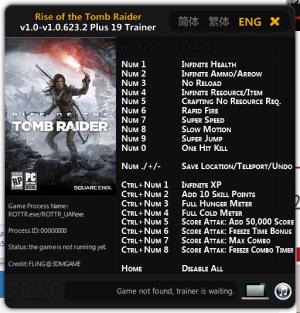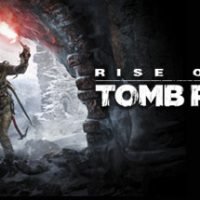

You'll naturally need a better GPU to play this at 4K.Īll the way through the previous game, Rise of the Tomb Raider, I groaned every time I had to slog through yet another boring gunfight. Some frame drops in really busy areas, but never frequent enough to make me lower any settings. Performance I played the game at 1440p/60fps, max settings, on a GTX 1080/i5-6600K/16GB RAM PC. Graphics options DirectX 12 (on/off), anti-aliasing (SMAA, TAA, SMAAT2x, SMAAT4x), texture quality (low-ultra), texture filtering (trilinear-16x anisotropic), depth of field (off-high), level of detail (lowest-ultra), tessellation (on/off), motion blur (on/off), screen space reflections (on/off), screen space contact shadows (off-high)

It’s ancient history as taught by Indiana Jones, not Simon Schama. These exaggerated, dramatic structures could never exist or stay hidden in reality, of course, but their size, complexity, and theatricality give the game the feel of a pulpy adventure story.

Every crypt, chamber, and corridor is decorated with detailed murals and elaborate carvings. The places you visit feel genuinely ancient, mysterious, and dangerous. The sense of place and scale in Shadow is frequently astonishing. It triggers a series of devastating cataclysms, including a flash flood that destroys an entire city, and she travels to the jungles of Peru to try and stop the apocalyptic prophecy she unwittingly helped fulfil.Īnd it’s here where she finds those incredible tombs, temples, and towering tributes to the gods. But the ornate dagger she plucks from a stone pedestal early in this game is a different story. Normally when Lara Croft finds an artifact it’s your reward for surviving a treacherous journey through a trap-ridden tomb.


 0 kommentar(er)
0 kommentar(er)
